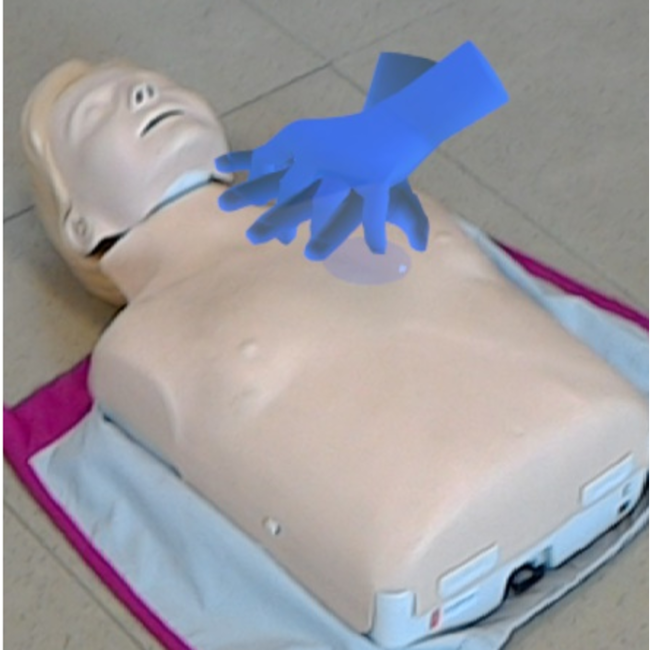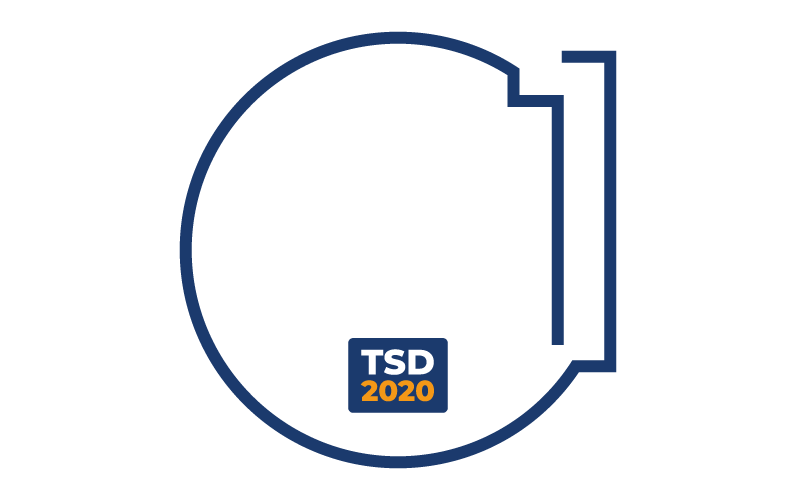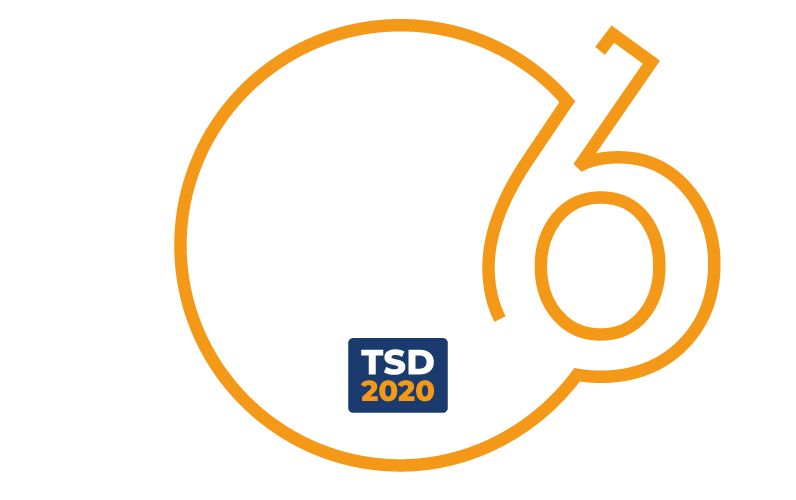Holo-BLSD leverages the Microsoft HoloLens device and the ability to interact naturally with speech, gestures, and body movements to augment a low-cost standard CPR manikin with interactive holographic contents that recreate a realistic emergency scenario.
Since Holo-BLSD must allow different categories of users (lay, professional) to experience BLSD procedures in their entirety, in different scenarios, and on different clinical cases, the software was designed to be flexible enough to support these different configurations and to facilitate the introduction of new elements (e.g., for team training). In addition, to simplify the use of the system in different real-world training environments, Holo-BLSD allows the virtual environment to be redesigned and the elements within it to be repositioned from within the application.
To minimize the learning curve when using the Hololens interaction device and to ensure that learners can focus on the procedures to be learned, the system also allows users to familiarize themselves with the interaction system through a dedicated training session that can be repeated until the learner gains the necessary confidence in the hardware devices.
In conclusion, our tests have shown that the tool is effective for education, as there are no significant differences between the results of students attending a standard course with a teacher and a course with Holo-BLSD. The tool is also reliable for assessment, as there are no significant differences between the scores of human experts and those of the tool when using a common metric.

















